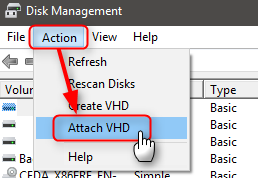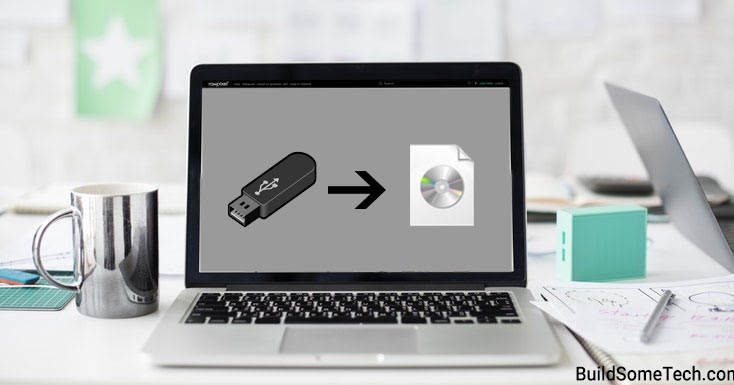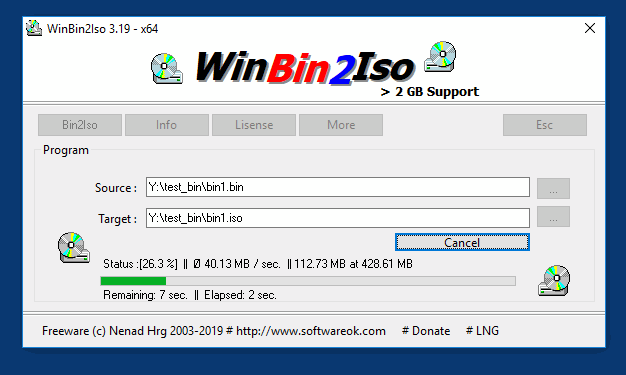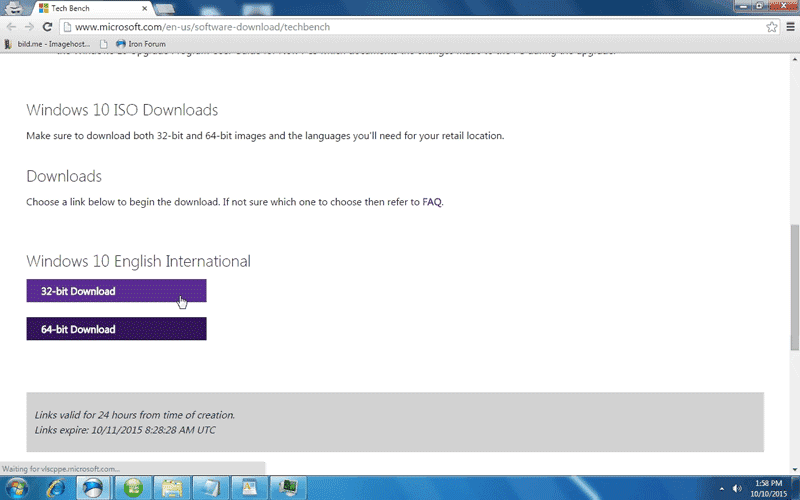

Convert IMG File to ISO Format File. Captain tsubasa game 2020. Windows has no built-in tools to convert IMG to ISO. However, we can use a free and lightweight software called OSFMount to get the job done. Using OSFMount, we first mount the IMG file and then convert the mounted image to ISO file. This is a pretty simple procedure. Convert a BIN file to an ISO. If you download a BIN file and the program has no handler to install it. Convert2ISO, free download. NRG to ISO converter software for Windows: Simple and effective program to convert NRG or BIN to standard ISO image files. Includes tests and PC download for Windows 32 and 64-bit systems. Open Windows 10 installation disc in File Explorer. Copy its contents and paste to a folder on your internal or external hard drive. For example, copy them to a folder named “iso-files” located on D: drive. You can also mount a Windows 10 ISO and copy its content. An ISO file or an ISO image, saved in ISO-9660 format, is widely used to store disc contents. You can write it to a blank CD-R or DVD-R, making for an identical copy of the original disc. In the Windows operating system, special tools are generally required to open the ISO file, such as UltraISO, WinRAR, Daemon Tools, WinISO, WinImage, Gizmo.
Main advantages of using ISO image
It is very important to create backups of your operating system in case of computer issues.If the backup is ISO image format, then it is super convenient to restore or employ on otherdevices. When your system crashes or data get lost, you can quickly roll back to the statewhere the ISO was taken.
Compared with other image backup format, ISO image format backup has quick a few advantages.
1. The ISO image itself is bootable so you can use it to restore your PC when you have bootissues.
2. It is easy to deploy on another PC.
3. It does not rely on backup tools or cloud.

4. You can view its content by mounting it as a virtual drive. (in Windows 8/8.1/10, youdouble-click it to mount it).
5. You run the ISO image on a virtual machine.
Create Windows 10 ISO from the current installation

Windows 10 has built-in feature DISM that allows you to capture Windows image under recoveryenvironment. To use it, you need a Windows10 recovery media or installation disk. With that prepared, you can follow the stepsbelow to capture Windows10 recovery image .
1. Boot your PC from the recovery media or installation media.
2. If you boot from the installation disc, then you can press Shift + F10 at Windows Setupscreen to bring out command prompt. If you boot from recovery media, then selectTroubleshoot > Advanced options > Command Prompt.
3. Type the following command and press Enter.
“dism /Capture-Image /CaptureDir:C:/ImageFile:D:windows10install.wim /Name:windows10/description:2018-01-10
Note: the drive letter may change under recovery mode, so the Windows installation drive maynot be C: drive. You need to replace location path “D:windows10” in ImageFile switch withthe target location path where you want to save the custom image. You may also need toreplace drive letter C in capturedir switch with Windows system partition.
This process might take a while and you cannot turn off the PC during the time. This imagefile can be used to reset Windows 10 PC. To make it as a bootable ISO image, follow thesteps below:
4. Open Windows 10 installation disc in File Explorer. Copy its contents and paste to afolder on your internal or external hard drive. For example, copy them to a folder named“iso-files” located on D: drive. You can also mount a Windows 10 ISO and copy itscontent.
5. Copy the custom image install.wim created before to the Source folder and replace theoriginal one.
6. Download and install the latest Windows Assessment and Deployment Kit (ADK) for Windows10. You only need to select Deployment Tools to install.
7. Run the command following command on an elevated command prompt.
oscdimg.exe -m -o -u2 -udfver102 -bootdata:2#p0,e,b[path of theiso-files]bootetfsboot.com#pEF,e,b[path of the iso-files]efimicrosoftbootefisys.bin[path of the iso-files][new location to save the iso image of the current windows]
The command is kind of complicated. To make it easy, you can also use free tool as Folder2ISOto create an ISO image out of the folder you created in step 4.
Create an ISO image in Windows 7/8/10
In Windows 7, you can use built-in feature Backup and Restore to create image backup of yourWindows 7 of hard drive. You can restore it or mount it as a virtual drive. However, it isVHD formatted instead of ISO.
For regular users who do not need to backup data constantly and do not have many data to bebacked up, Windows 7 Backup and Restore is enough. For users who need advanced backup andrestore experience, you can use free backup software AOMEI BackupperStandard.
You can use it protect any volumes detected by Windows instead of only NTFS, and you can havemore scheduled backup tasks instead of only one.
To create image backup from your operating system with AOMEI Backupper
1. Get it from DownloadCenter or button below, and then install this free backup software.
Download Freeware
Win 10/8.1/8/7/XP
Windows 10 64 bit download. Secure Download
2. Select System Backup under Backup Tab.
Convert Iso File
3. To make the steps easier, the program will automatically include required partitions for afull system restore. Just click to pick a destination location to store the imagebackup.
4. Click Schedule to configure when you want the backup to run if needed.After that, click Start Backup to start the backup.
After the backup is done, you can createa bootable media with a USB drive or CD/DVD. In the event of system unbootable, you canuse it to boot all versions of Windows 10/8/7 to restore your PC.
Final words
As mentioned, backing up your computer is important. You can create ISO image from youroperating system or create custom system image backup with AOMEI Backupper. All in all, theusage of ISO image is wider, but you need much more effort to create one. What’s worse, youneed to this all over again if you want to update the ISO image.
Convert Iso File Online
If you use AOMEI Backupper, you can set up a scheduled backup and it will automatically keepyour image backup up to date. With its incremental and differential backup feature, you canhave multiple image backup versions with a little disk space.
Cd To Iso Windows 10

If you want to protect unlimited computers within your company, you can pick AOMEIBackupper Technician. With the inbuilt AOMEI Image Deploy tool, you are also allowed todeploy/restore system image file on server-side computer to multiple client-side computersover network.
